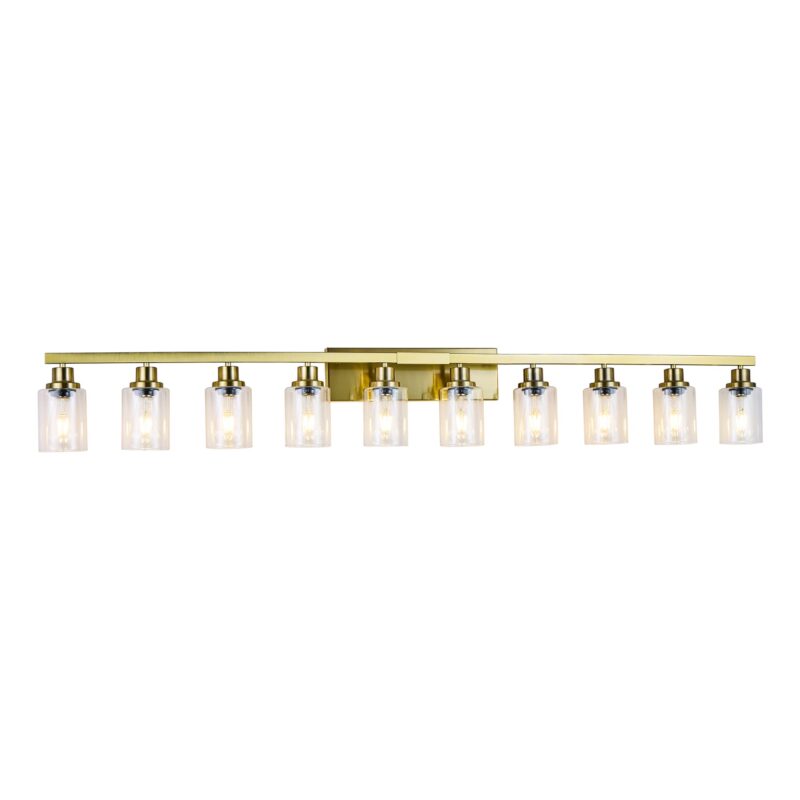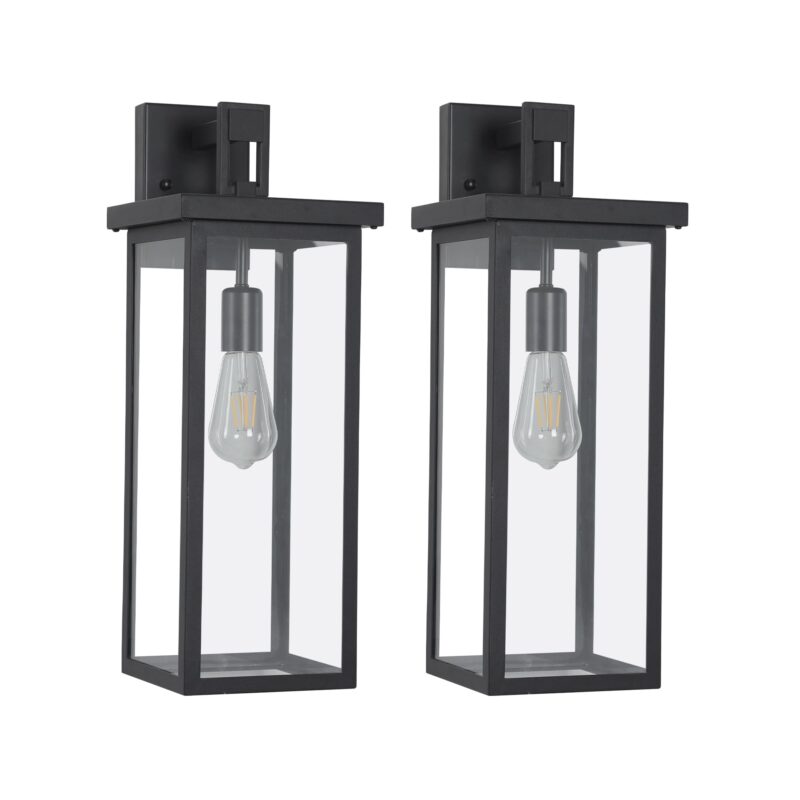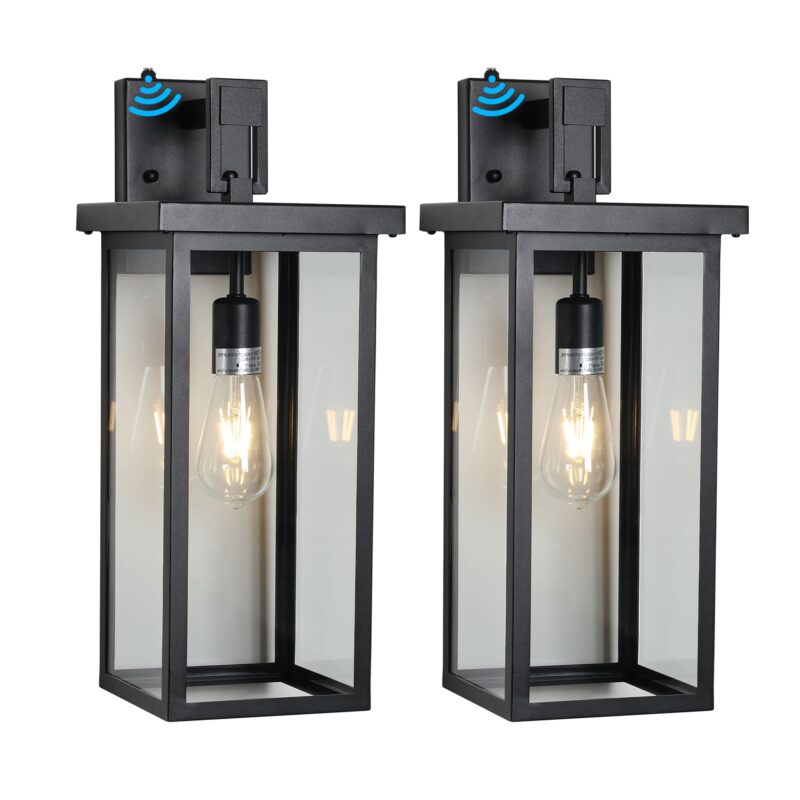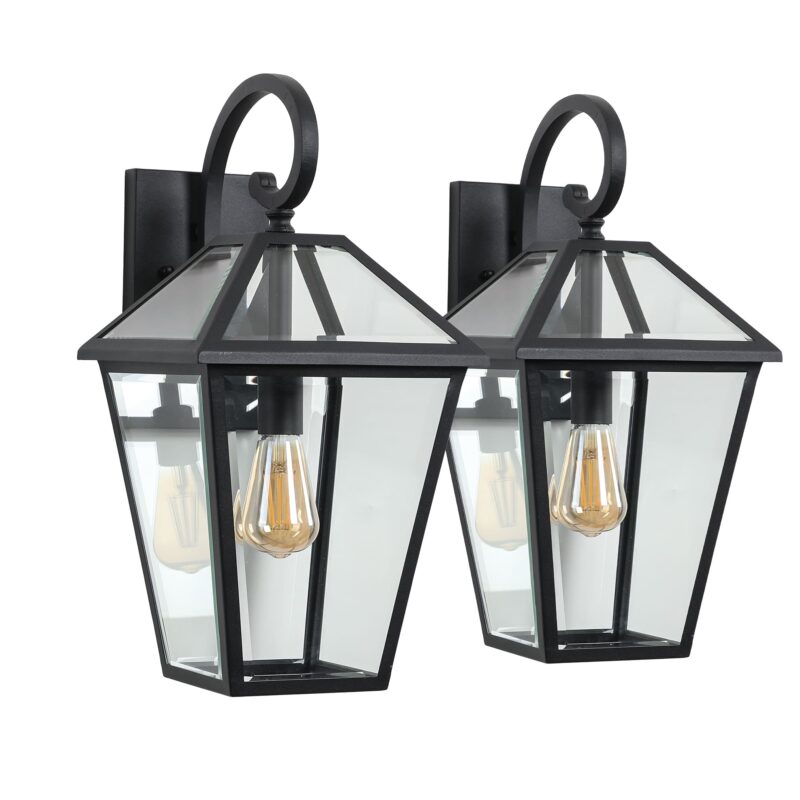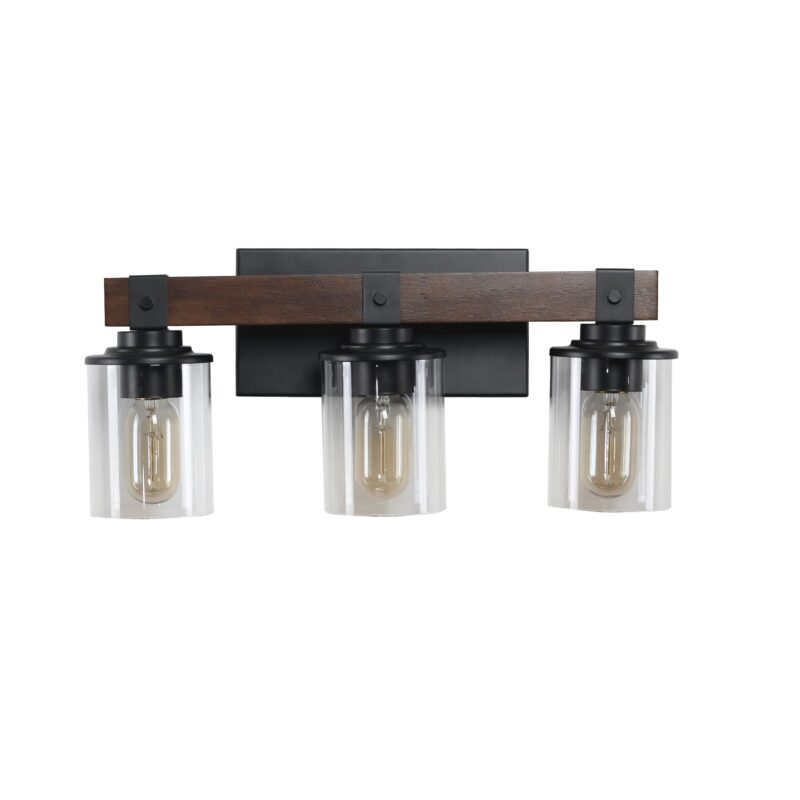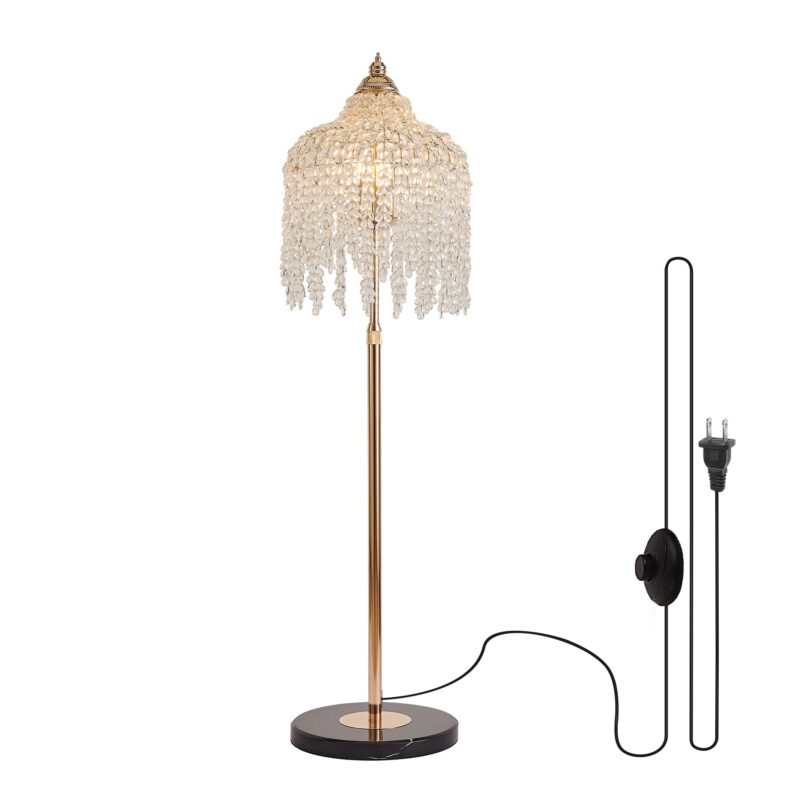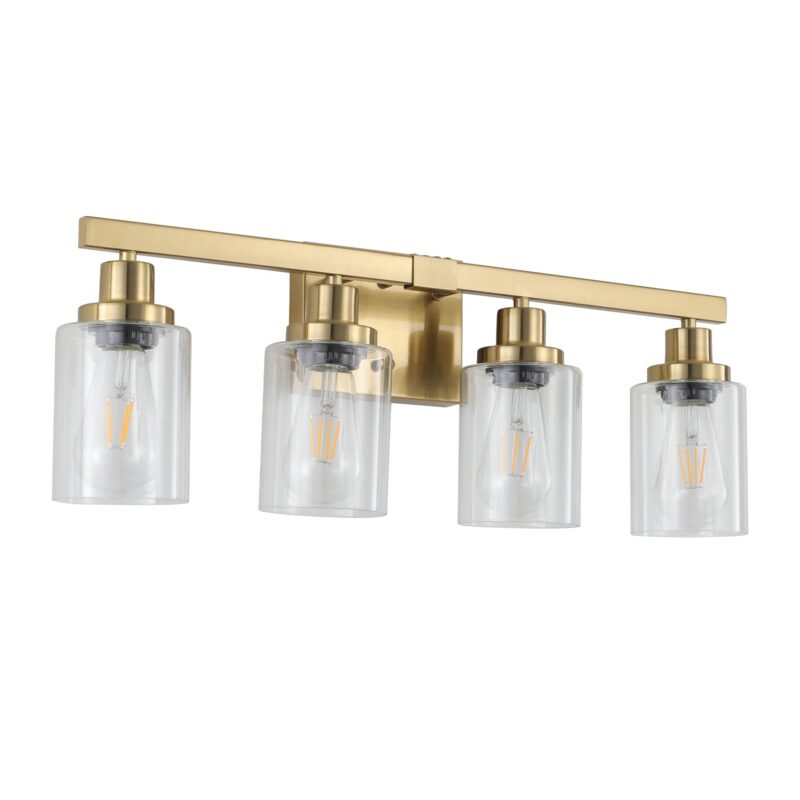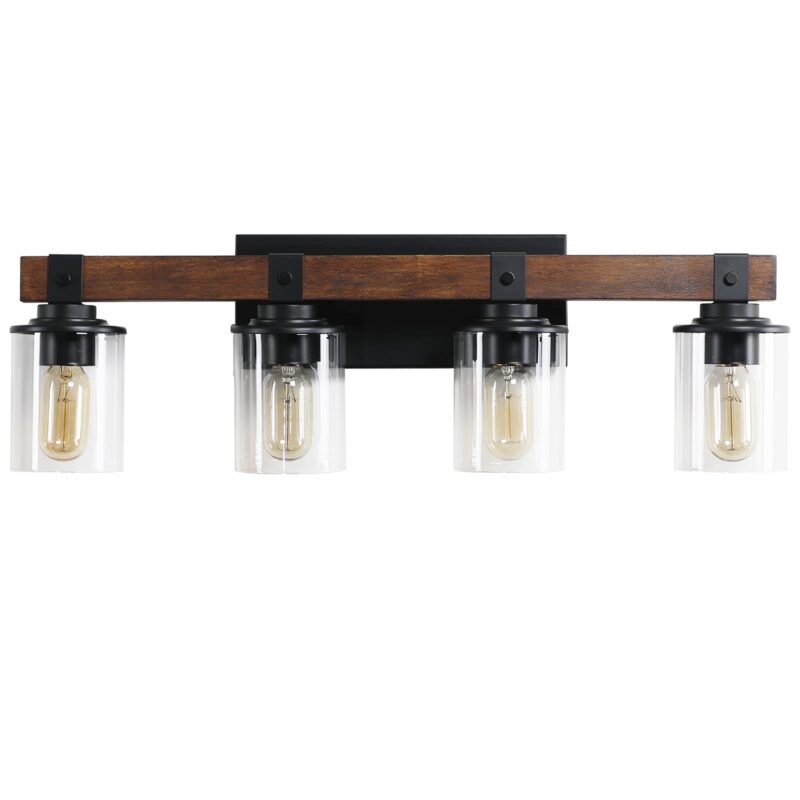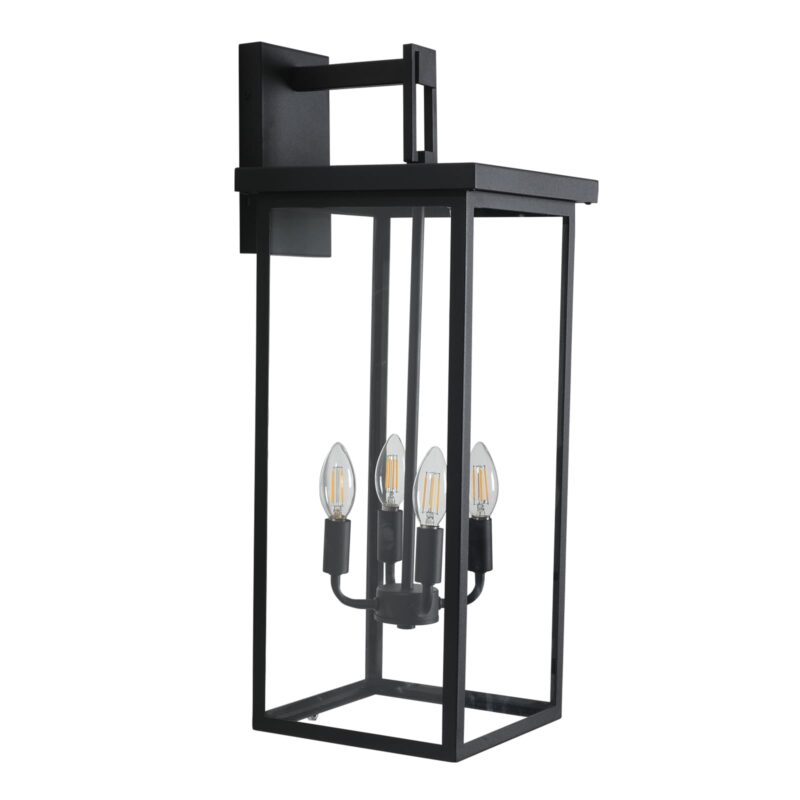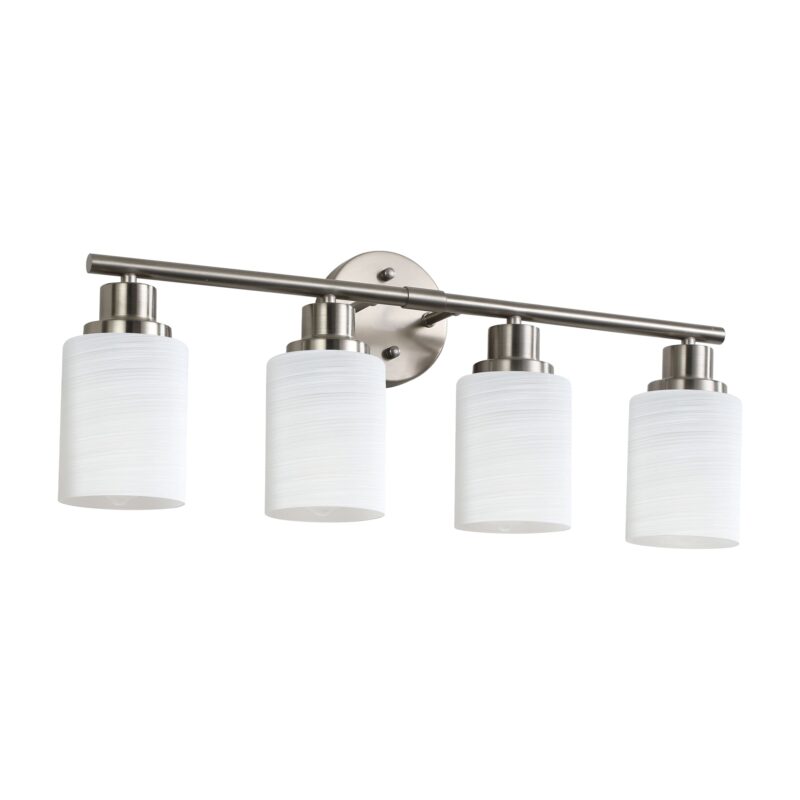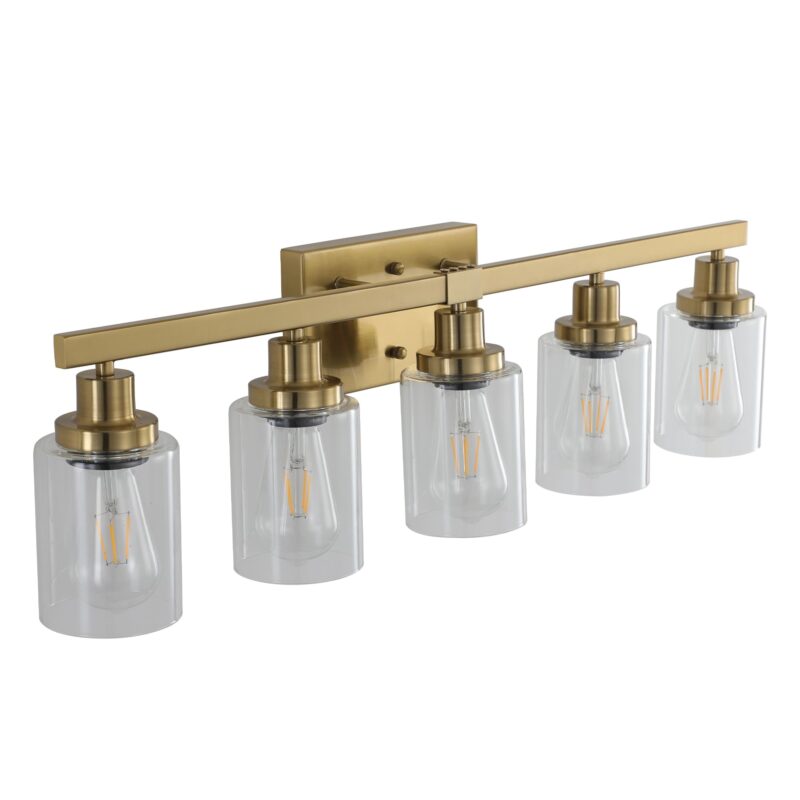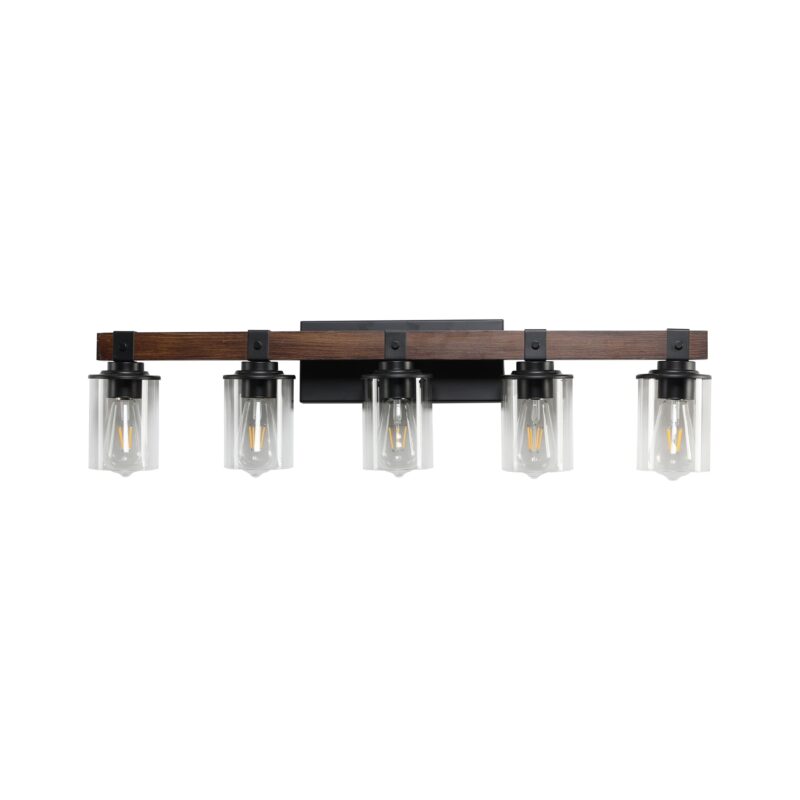What is MOQ? A Small Retailer’s Complete Guide to Minimum Order Quantities
You’ve found it. The perfect pendant light. It’s the exact style your customers have been asking for, and you know it will be a bestseller. You contact the supplier, ready to place an order, and then you see the three little letters that stop you in your tracks: M.O.Q. The minimum order is 500 units. Your heart sinks. Your budget can’t handle it, and you don’t have space for that much stock.
This is a frustratingly common story for independent retailers. MOQ, or Minimum Order Quantity, often feels like a massive gatekeeper, locking small businesses out of accessing great products and competing effectively. But it doesn’t have to be.
This guide will demystify MOQ completely. We will transform it from a frustrating obstacle into a strategic tool. You will learn what it is, why it exists, how it impacts every corner of your business, and most importantly, how to manage it like a pro. Mastering your purchasing terms is a foundational element of a successful business, a core theme we explore in our ultimate guide for independent lighting retailers.
Table of Contents
The Fundamentals – What Exactly is MOQ?
Let’s start at the beginning. Before you can develop a strategy, you need to understand the concept inside and out. Knowledge is the first step to empowerment.
A Simple Definition of Minimum Order Quantity (MOQ)
In the simplest terms, MOQ is the **”minimum buy-in”** required by a wholesale supplier. It’s the smallest order they are willing to process and ship. Think of a commercial bakery: they won’t fire up their massive industrial ovens just to bake a single cookie. The costs of setup, labor, and energy mean they need a minimum batch size to be profitable. MOQ is the exact same principle applied to lighting fixtures and other manufactured goods.
Why Do Suppliers Have MOQs in the First Place?
It’s crucial to understand that MOQs aren’t arbitrary rules designed to frustrate small retailers. They are based on the hard economics of production and logistics. A supplier has an MOQ for several key reasons:
- Production Costs: For a factory, setting up a production line for a specific light fixture involves significant fixed costs. A minimum run size is needed to spread those costs out and make each unit affordable to produce.
- Economies of Scale: Buying raw materials like steel, glass, and wiring in bulk is far cheaper than buying in small amounts. The supplier’s pricing is based on achieving these economies of scale.
- Logistics and Handling: The administrative and physical labor involved in processing an order—from paperwork to packing and shipping—is largely the same for an order of 10 units as it is for 100. A minimum order size ensures each transaction is profitable after these handling costs.
What are the Different Types of MOQs?
Not all MOQs are created equal. As a retailer, understanding the different types is key to finding a supplier whose model aligns with your business needs. This is a critical distinction.
| Type of MOQ | What It Is | Who It Favors | Retailer Impact |
|---|---|---|---|
| Simple MOQ (per SKU) | A minimum quantity for a single product. (e.g., “You must buy 200 units of Model #ABC-123”). | The Factory / High-Volume Importer. | Very High Risk & Inflexible. |
| Complex MOQ (per attribute) | Minimums based on variations like color. (e.g., “100 units per color”). | Suppliers with many product variations. | Medium Risk. Still requires high volume. |
| Value-Based MOQ (per order) | A minimum dollar amount for your total order, which can be made up of many different products. | The Retailer / Modern Distributor. | Very Low Risk & Highly Flexible. |
For an independent retailer, a **Value-Based MOQ** is, without a doubt, the most strategic and beneficial option. It allows for maximum flexibility and variety while still meeting the supplier’s needs.
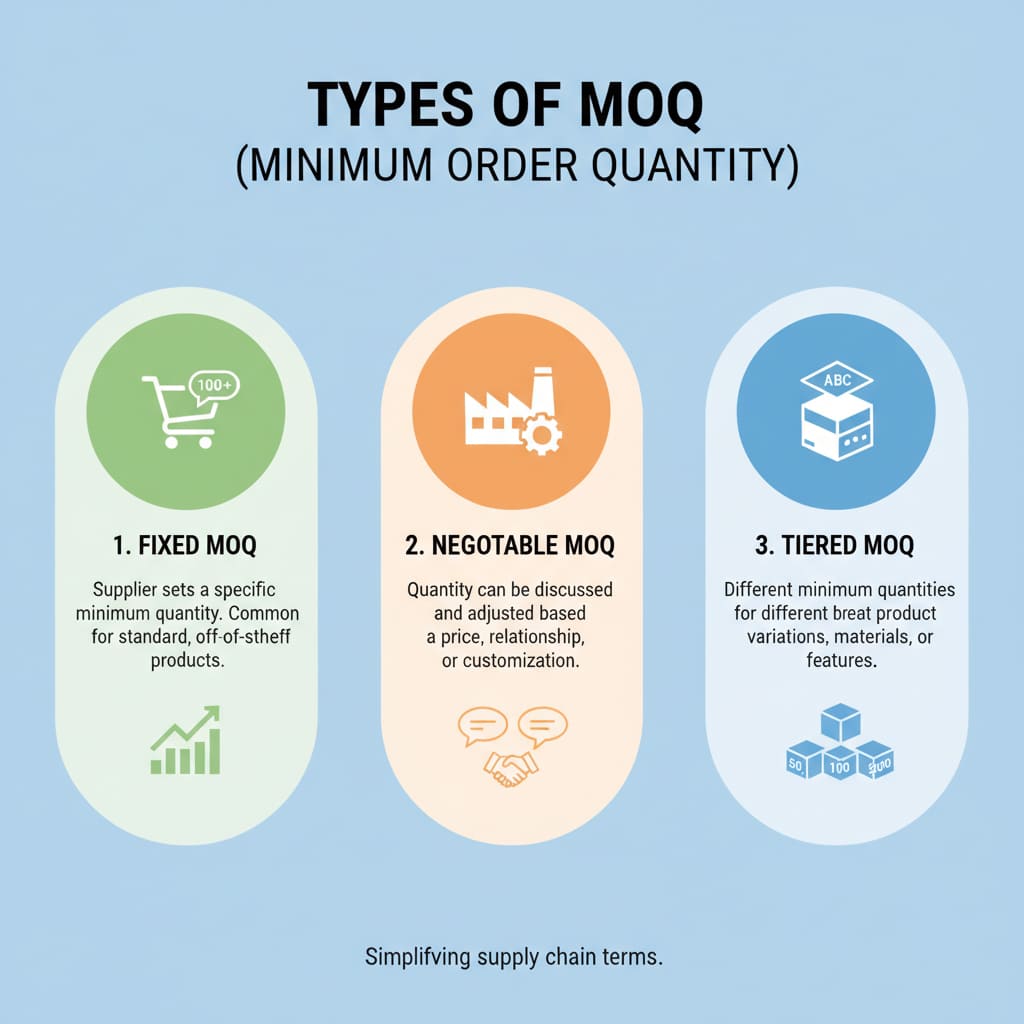
The Deep Dive – How MOQ Impacts Every Part of Your Business
MOQ isn’t just a purchasing term; it’s a strategic lever that has a profound impact on every aspect of your retail operation, from the cash in your bank account to the look and feel of your showroom.
How Does MOQ Directly Affect Your Cash Flow?
Cash flow is the oxygen of your business. Without it, nothing else matters. High MOQs are one of the fastest ways to suffocate your cash flow.
The High-MOQ Cash Trap: Why Your Inventory is “Eating” Your Money
Every dollar you have tied up in excess inventory is a dollar you can’t use for anything else. Think about it. That cash is “dead money,” stuck in boxes in your backroom. It can’t be used to pay your rent, make payroll, launch a critical marketing campaign, or seize a new opportunity. A high MOQ forces you to convert your liquid, flexible cash into a static, risky asset. For a small business, this can be a fatal mistake. This principle is the absolute cornerstone of a healthy retail operation. Learn how to manage your money effectively in our guide on Cash Flow Management 101 for Independent Retailers.
Low MOQs as a Cash Flow Superpower
A low, value-based MOQ flips this dynamic on its head. It allows you to place smaller, more frequent orders, keeping your cash in your bank account where it belongs. Instead of being forced to make one massive $15,000 inventory purchase each quarter, you can make three smaller $5,000 purchases. This preserves your liquidity and gives you the agility to navigate the natural ups and downs of the retail cycle with confidence.
How Does MOQ Determine Your Inventory Risk?
What’s the biggest fear of any retailer? Getting stuck with a product that nobody wants to buy. Your MOQ policy is the single biggest factor determining your exposure to this risk.
“In retail, what you don’t sell is often more important than what you do.”
The Direct Line Between High MOQs and Profit-Killing Dead Stock
When a supplier forces you to buy 200 units of a new, unproven design, you are taking a massive gamble. If that product turns out to be a dud, you are now the proud owner of 200 expensive paperweights. This is “dead stock,” and it’s a cancer on your balance sheet. It not only represents a total loss of your initial investment, but it also continues to cost you money in storage and insurance. This is a trap that has sunk many promising retail businesses. If you’ve already fallen into it, don’t despair. Get our expert strategies for dealing with it in How to Reduce Dead Stock and Maximize Inventory Turnover.
Using Low MOQs to De-Risk Your Business
A low MOQ allows you to “date” a product before you “marry” it. You can bring in a small quantity—say, 5 or 10 units—as part of a mixed-batch order. This is your “test drive.” If the product flies off the shelves, you’ve found a winner and can confidently reorder in larger quantities. If it sits, the financial loss is minimal. You can mark it down and move on, armed with valuable market data. This ability to test and learn without betting the farm is a game-changer. It is the core of running a lean, intelligent inventory. Let’s calculate the perfect inventory level for your specific store. Read our guide: How Much Inventory Should a Small Lighting Store *Really* Carry?
How Does MOQ Influence Your Product Catalog and Merchandising?
Your MOQ policy directly shapes the customer experience in your showroom. It determines whether your store feels fresh, exciting, and full of possibilities, or tired, stagnant, and limited.
The High-MOQ Effect: A Boring and Stagnant Showroom
If you’re forced to spend your entire inventory budget on large quantities of just a few product lines, your showroom will rarely change. The same 50 fixtures will be on display month after month. This gives your loyal customers and local designers no reason to come back and see what’s new. It communicates a lack of dynamism and an inability to keep up with trends.
The Low-MOQ Advantage: A Dynamic, Exciting, and Curated Collection
This is where you can truly shine and create a competitive advantage that big-box stores can’t touch. A low, value-based MOQ empowers you to be a true curator. You can dedicate a small portion of your budget each month to bringing in a handful of new, exciting pieces. This constant refreshment turns your showroom into a design destination. You can react instantly to a new trend you see on Pinterest or in a design magazine. This agility and fresh perspective is what your customers are craving. Not sure what trends to test? Get inspired by our guides to Modern Farmhouse Lighting or explore the timeless appeal of Mid-Century Modern Lighting.
How Does MOQ Affect Your True Profit Margins?
This is a crucial, counterintuitive point that many retailers miss. The lowest per-unit price does not automatically lead to the highest profit margin. True profit is determined by the price you *sell* at, not the price you *buy* at.
The Illusion of the “Low Unit Price”
The low unit price that comes with a high-MOQ order looks great on a spreadsheet, but it ignores one critical factor: the cost of markdowns. Your true profit on a product line is not realized until every single unit is sold.
| Metric | Scenario A: High-MOQ Purchase | Scenario B: Low-MOQ Purchase |
|---|---|---|
| Purchase | Buy 100 units @ $50/unit | Buy 20 units @ $55/unit |
| Total Investment | $5,000 | $1,100 |
| Sales (Assume 80% sell-through) | Sell 80 @ $100 (Full Price) | Sell 16 @ $110 (Full Price) |
| Clearance Sales | Sell 20 @ $60 (40% Off) | Sell 4 @ $66 (40% Off) |
| Total Revenue | $9,200 | $2,024 |
| Gross Profit | $4,200 | $924 |
| Return on Investment (ROI) | 84% | 84% (Same ROI with 80% Less Risk!) |
This illustrates a key point: you can often achieve a similar or better ROI with a low-MOQ model, but with a fraction of the upfront cash investment and risk. This is the foundation of a smart pricing philosophy. Learn more in our complete guide to pricing strategy.
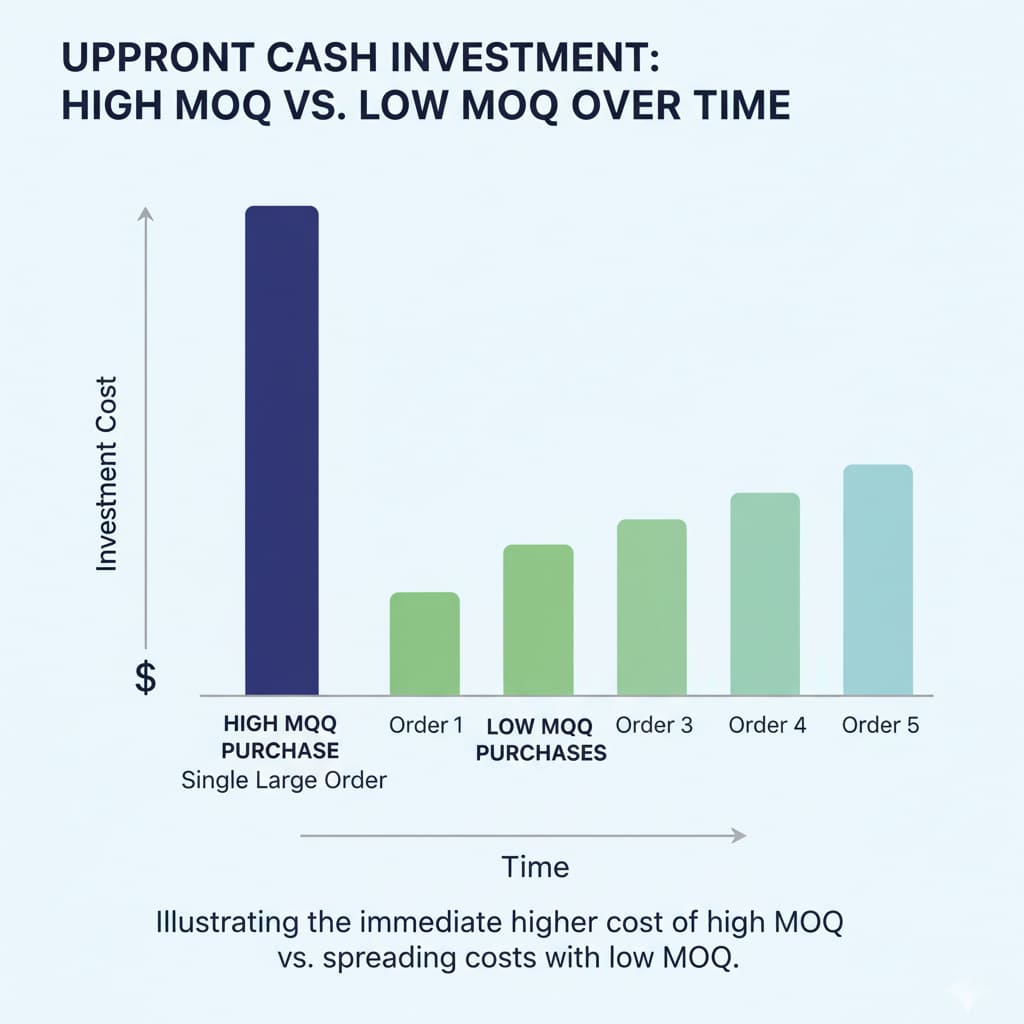
Strategic Approaches to MOQ – From Obstacle to Opportunity
Now that you understand the profound impact of MOQ, it’s time to move from theory to action. Let’s explore tangible strategies you can use to manage MOQ effectively and turn it into a competitive advantage.
How Do I Calculate the Right MOQ for My Business?
While there are complex formulas like Economic Order Quantity (EOQ), you can use a simplified framework. Before agreeing to an MOQ, ask yourself these key questions:
- Sales Velocity: How quickly does this type of product realistically sell in my store?
- Capital Availability: How much of my working capital can I safely tie up in this one product line?
- Storage Space: Do I have the physical space to store this quantity without cluttering my showroom or backroom?
- Confidence Level: On a scale of 1-10, how confident am I that this specific product will be a bestseller?
Your answers will provide a gut check and help you avoid making emotionally-driven buying decisions.
Can I Negotiate a Lower MOQ with a Supplier?
Yes, you can, and you should. Negotiation is a standard part of business. Here are five proven tactics:
- Show Your Growth Potential: Don’t just present yourself as a small store; present yourself as a future top partner. Share your business plan and your vision for growth.
- Offer Favorable Payment Terms: Offer to pay 100% upfront for a smaller initial order. Cash is a powerful incentive for any supplier.
- Propose a “Test Order”: Frame it as a low-risk way for both parties to test the partnership. Ask for a one-time exception on their standard MOQ.
- Leverage a Mixed-Batch Order: This is the most powerful tactic. Offer to meet their dollar-value minimum by ordering a wide variety of their products. This is a win-win.
- Ask About Overstock: Politely inquire if they have any overstock items they’d be willing to sell in smaller quantities to clear them out.
Remember, the goal is to create a partnership, not to win a battle. A good supplier will be open to finding a solution that works for both of you.
What Are Some Creative Strategies to Meet a High MOQ?
If you find a product you absolutely love but are blocked by a high MOQ, you still have options. Think outside the box. You could explore a “group buy” with other non-competing retailers in your region. You could de-risk the purchase by securing pre-orders from your best designer clients before placing the wholesale order. It takes more work, but it can be a way to access products you otherwise couldn’t.
MOQ in the Broader Sourcing Context
MOQ doesn’t exist in a vacuum. It is a direct result of a supplier’s overall business model and location. Understanding this context is key to finding the right long-term partner.
How Does a Supplier’s Location and Business Model Affect Their MOQ?
An overseas factory’s entire business model is built around filling 40-foot shipping containers. Their MOQs are high because their logistics are designed for massive scale. In contrast, a modern domestic partner with a US warehouse has a business model built on flexibility. They are the ones who buy the massive container and take the big risk. They then break down that massive inventory into small, retailer-friendly quantities at their US facility. This fundamental difference in business models is the most important factor to consider in your sourcing strategy. We compare these two models head-to-head in our definitive guide.
Beyond MOQ: Other Key Purchasing Terms You Must Understand
MOQ is critical, but it’s just one piece of the puzzle. A great low MOQ is useless if the lead times are too long or the payment terms are impossible. You must evaluate a supplier’s entire offering.
| Term | What It Means | Why It Matters to You |
|---|---|---|
| Lead Time | The time between placing an order and receiving it. | Determines your ability to restock and respond to customer needs. |
| Payment Terms | The conditions for payment (e.g., Net 30, due upon receipt). | Directly impacts your cash flow. “Net 30” gives you 30 days to sell the product before paying. |
| Proforma Invoice | A preliminary bill of sale sent in advance of shipment. | Allows you to confirm the order details and pricing before committing. |
Always look at the complete picture. A great partner checks all the boxes, not just one. Use our comprehensive checklist to ensure you’ve covered all your bases when evaluating a new supplier.
Taking Control of Your Purchasing Power
MOQ is not just a number on a price list. It is a strategic lever that directly controls your cash flow, your inventory risk, your merchandising flexibility, and ultimately, your profitability. By understanding it deeply and choosing a partner whose model is aligned with your needs, you can transform MOQ from a frustrating barrier into one of your greatest competitive advantages.
You can move from being a “price taker” to being a strategic buyer. That is how you build a resilient, profitable, and thriving retail business.
Ready to Break Free from the High-MOQ Trap?
It’s time to find a partner who is built to support your growth, not hold you back. Discover how Lighting Depot USA’s flexible, value-based MOQ policies are designed specifically for the success of independent retailers like you.
Now that you’ve mastered the art of purchasing, integrate this knowledge into your complete business strategy. Return to our ultimate guide for independent lighting retailers to connect all the pieces.
About LightingDepotUSA
The LightingDepotUSA Editorial Team specializes in wholesale lighting trends, showroom strategies, and supply chain solutions tailored for independent retailers across the U.S. With years of experience in both manufacturing and distribution, we provide practical insights to help small businesses grow, reduce costs, and stay competitive.
View all posts by LightingDepotUSA
